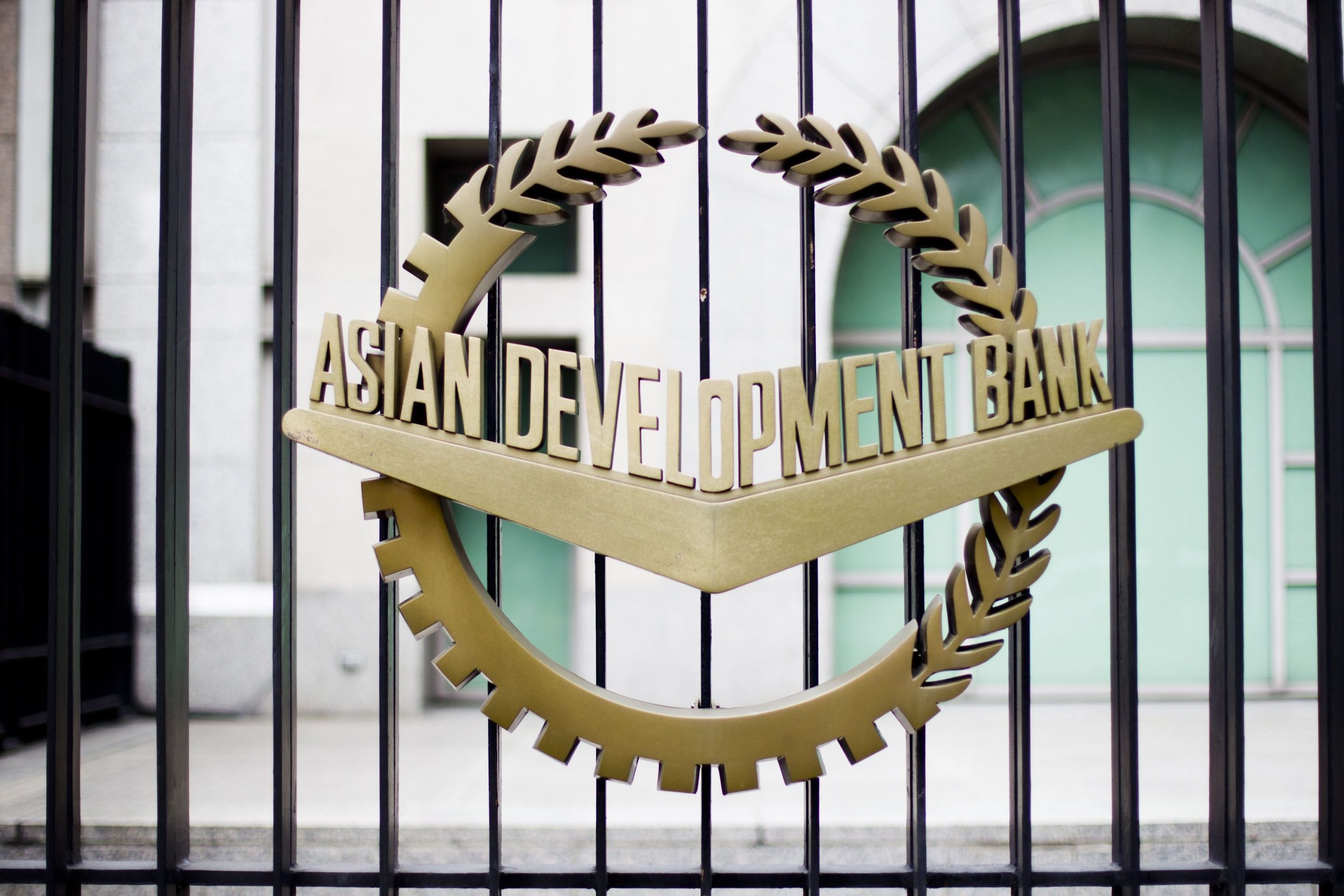- The jury is still out on the Prime Minister’s surprise demonetization move as to whether the intended measure helped in addressing the real motive of curbing excessive cash in circulation at that time. The move was projected as safeguarding the security and sovereignty of the nation by hurting the terrorism industry perpetrated from across the western border flush with fake currency. The Union Government also left no stone unturned in exhorting the citizens to embrace digital technology to not only minimize the cash currency usage but also eradicate unnecessary stock holding of the same in greater numbers. Of course, the pandemic did tremendously facilitate the digitization efforts as literally, everything went online for a while.

PC: ET Online
- Let’s delve further to comprehend how the nation is faring on this front now. India’s digital payments landscape, led by the Unified Payments Interface (UPI), is the cynosure of many regulators is stating the obvious. As reported extensively, the volume of UPI transactions rose over threefold to 46 billion in 2021-22 in the last two years. But concurrently, there’s an anomalous trend visible as well which is bound to disturb the authorities no end. Indians still hold a relatively large share of cash, now one of the highest in the world in relation to GDP. Currency in Circulation (CiC) as a proportion of GDP has grown from 8.7% in 2016-17 to 13.7% in 2021-22. Agreed, India is not exactly an outlier. However, cash has proved surprisingly resilient.
- A paper by Asian Development Bank (ADB) on the trend over 2000-18 in 11 advanced economies showed that Japan, Singapore, South Korea, and the US exhibited a rising trend in CiC to GDP ratio. Interestingly, countries like Denmark, Norway, and Sweden bucked this trend by quite a margin. One finding that seems to have universal validity is that big shocks such as Covid or the 2008 financial crisis trigger risk aversion among individuals. A consequence is an increase in cash holding. RBI estimates the annual currency requirement based on the forecast economic growth rate, inflation rate, and disposal of soiled notes among other things. Since 2019, India’s inflation trajectory has trended upwards, which may partly explain why CiC to GDP ratio quickly overshot the pre-demonetization level.

PC: Acubeias
- Additionally, Covid may have triggered precautionary holding of cash too. But none of these factors explains the long-term trend in India’s CiC to private consumption ratio. It was 25.6% in the 2011-20 decade, higher than the 19.1% recorded for the 1971-2020 phase. Mind you, cash has a psychological hold that seems to defy financial logic. For instance, India’s currency per capita of Rs. 22,752 is about 13% of per capita GDP. This, at a time when high inflation is fast eroding the value of cash. As such, the RBI shouldn’t lose its focus on the digital payments landscape. Its policy choices have been transformative at the grassroots. Even more progress here will eventually loosen the grip of physical currency in payments to a great extent.






